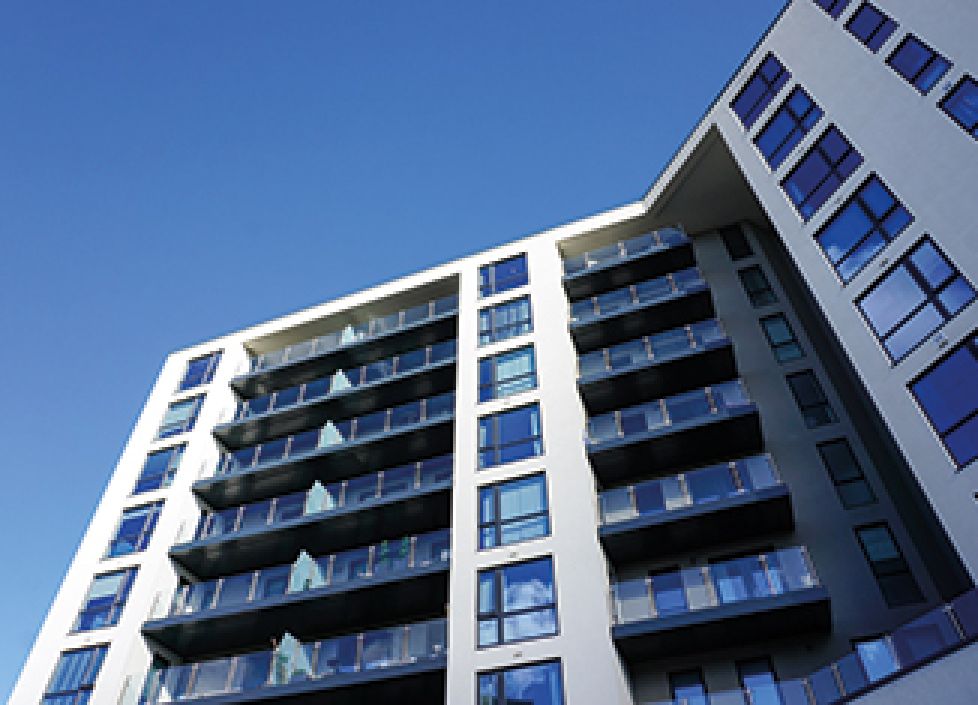The UK’s population is ageing and is projected to continue to age, because of declining fertility and people living longer, according to a new report by the Office for National Statistics (ONS).
This ONS report looked at changes in housing tenure between 1993 and 2017 and what those changes might mean for older people in the future. Almost three-quarters (74%) of people aged 65 years and over owned their homes outright in England in 2017, up from 56% in 1993. This group includes the first to benefit from the “right to buy” initiative, which saw social housing stock sold at reduced prices from the 1980s, and boosted home ownership.
This scheme was open to a large proportion of the population: in 1979, a third (33.2%) of all dwellings in Great Britain were social housing. This compares with a quarter (24.9%) in 1990 and 17.6% in 2017, the lowest since records began. The percentage of older people in the social rental sector has halved since the early 1990s, from 32% to 16%, while the percentage renting privately has remained low, staying at around 6%.
While owning outright is the most common tenure among people aged 65 years and over, for younger people aged 16 to 64 years the most common tenure is to own a property while paying a mortgage (40%). However, the percentage owning with a mortgage at younger ages has decreased since 1993, while the percentage living in privately rented accommodation has increased, overtaking socially rented in the early 2010s. A quarter of people aged 16 to 64 years rent privately nowadays, up from 1 in 10 in 1993. Declining home-ownership rates at younger ages may have an impact on the type of accommodation older people live in, in the future, says the ONS.




















